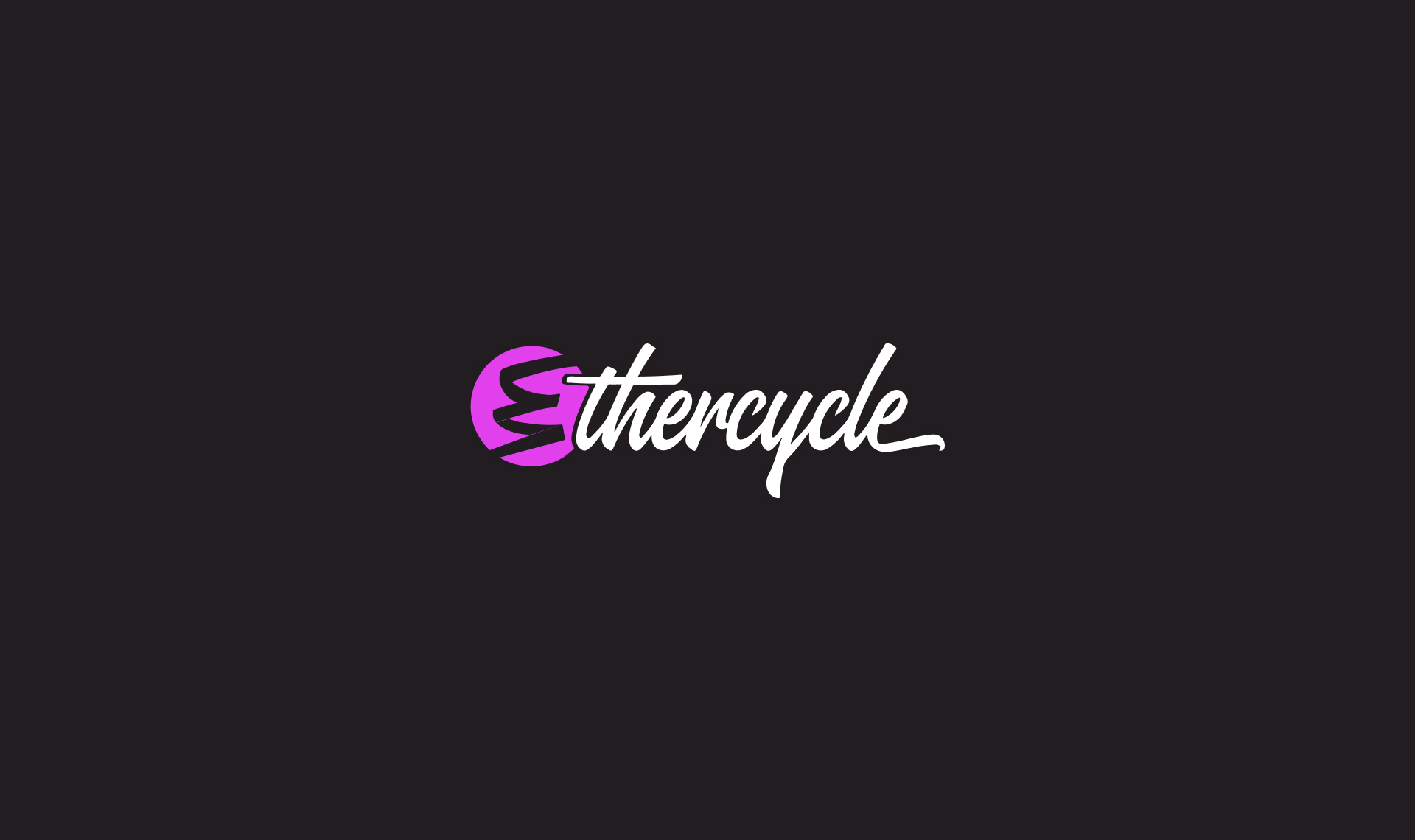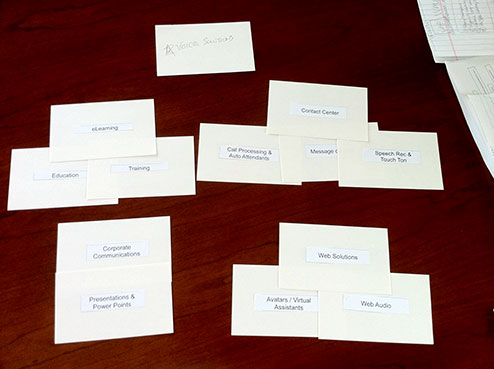

Card sorting is a straight-forward approach to include your client in the information architecture phase of the website design process. A card sorting exercise will allow you to form the structure of a website, organize it logically, and even determine labels.
It works amazingly well, physically mapping out the geography of thought processes is super productive.
There are two kinds of card sorting: open or closed. In open, participants sort cards in to related categories, and are then asked to give each category a name. In closed, participants sort cards into existing categories. When starting a new site, we use open. Closed is good for testing existing labels.
Running your own card sort is easy:
- Make a list of the top 100 most important content in the project: pages, topics, & features. Everything if necessary.
- Label index cards with each topic from that content inventory list.
- Include blank cards for new (or missed) topics. <
- Shuffle the cards, then spread them out on a large work surface.
- Ask participants to sort the cards in to related groups.
- If this is an open card sort, ask the participant to label each category.
- Photograph the results, reshuffle, and repeat as necessary.
According to usability guru Jakob Nielsen, you must test fifteen users to generate statistically reliable results.
